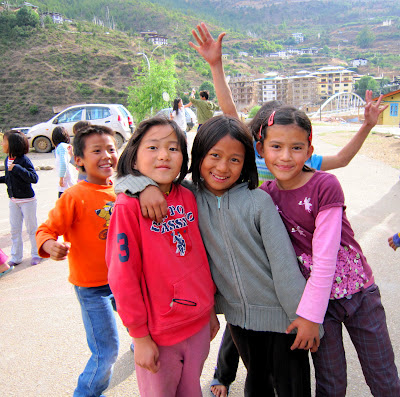However, let’s not forget all this. The police department and
BNCA are doing all in their power to curb youth problems. The Gyalpoi Zimpoen’s
Office has been initiating many youth programmes all over Bhutan to engage
youth meaningfully and impart them with life skills. Other youth-related NGOs
are also providing necessary facilities and services, and organizing youth
programmes for our youth.
And there are a few individuals who work altruistically for
youth in Bhutan. One such person is Lam Shenphen. He gathers youth abusing
drugs, provide them necessary counseling and refer them for detoxification.
Tashi Namgay, the founder of Bhutan Kidney Association, is
another individual who walks extra mile for the young people of Bhutan. When I
visited his place last year, I was surprised to see four young boys (drug
abusers) in his house. Tashi keeps these young unemployed addicts with him, in
his house, under strict supervision and counseling. There are also other dozen
of recovering addicts under his care and supervision. Tashi has attached most
of these young addicts as intern, volunteer and part time worker in different organizations
and business firms. Some, under his guidance and supports, are gainfully
employed.
But now, due to increasing social problems (disintegration
of family values, divorce, rural-urban migration, westernization and
materialism, negative impact of social media, availability of drugs and gang
culture) in Bhutan, youth are left vulnerable, indulging in all sorts of social
ills.
And only a few individuals, one youth department and a few
youth-related agencies are never enough to solve the current problems of youth
in Bhutan. Moreover, the ministry of education is designed more towards school
education and curriculums. So looking at youth population (50 percent of
Bhutan’s population) and increasing youth problems, there’s immediate
requirement of Ministry of Youth (or, at least, ministry for social problems)
to address youth problems. With their own ministry, youth’s problems will be
addressed through multi-pronged strategies, with more trained professionals
and technical resources.
Photos: Hiromi
Photos: Hiromi

































